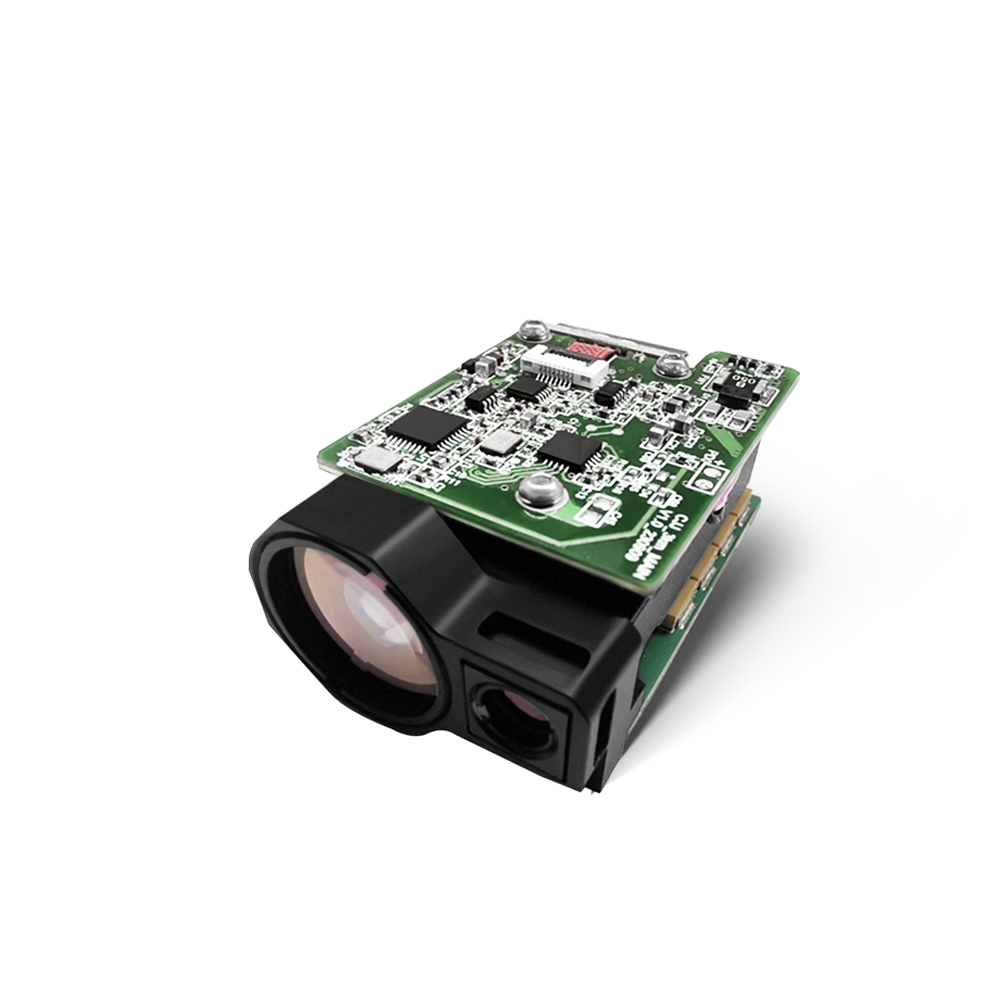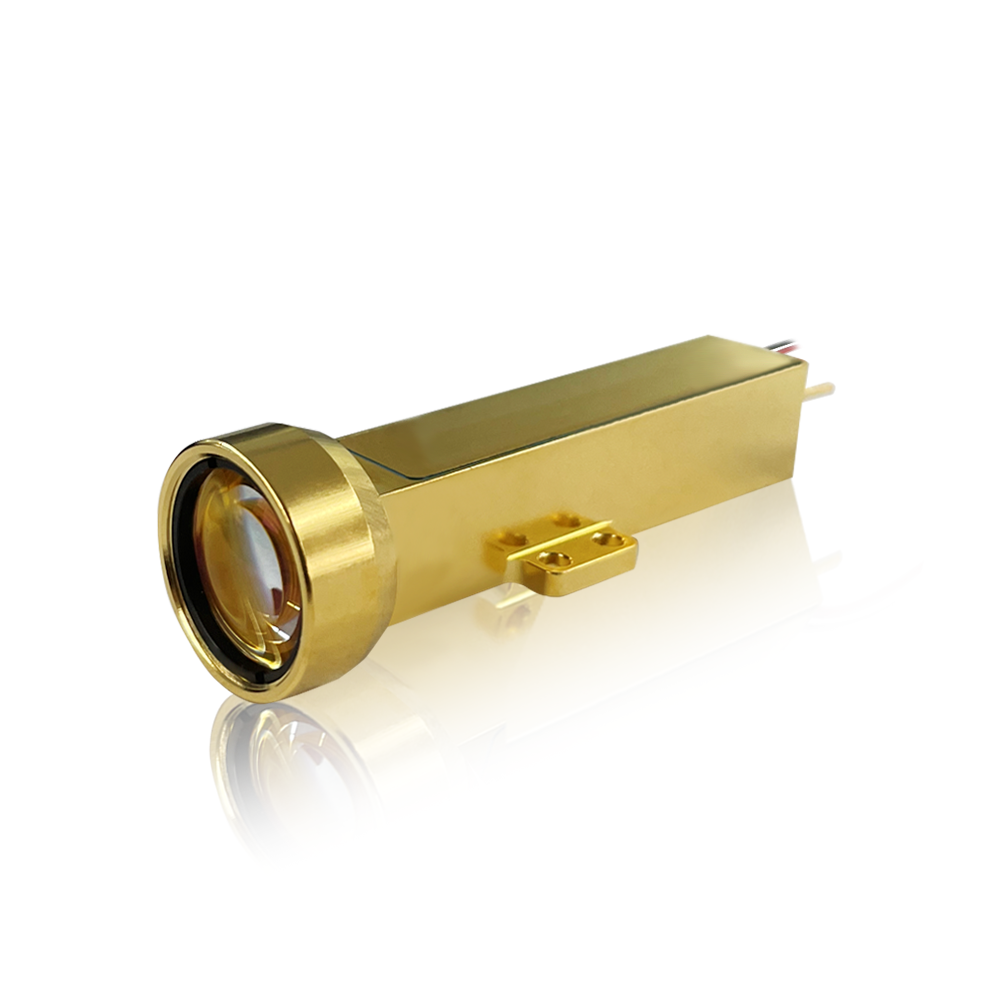Lasers have now emerged as pivotal tools in various sectors, particularly in security and surveillance. Their precision, controllability, and versatility make them indispensable in safeguarding our communities and infrastructure.
In this article, we will delve into the diverse applications of laser technology in the realms of security, safeguarding, monitoring, and fire prevention. This discussion aims to provide a comprehensive understanding of the role of lasers in modern security systems, offering insights into both their current uses and potential future developments.
Laser Applications in Security and Safety
Intrusion Detection Systems
Laser technology plays a pivotal role in establishing secure boundaries and detecting unauthorized intrusions. Widely used in industrial and commercial applications, laser scanning technology ranges from detecting hands near dangerous machinery to preventing collisions at container ports and overseeing manufacturing processes. These non-contact laser scanners scan environments in two dimensions, detecting motion by measuring the time it takes for a pulsed laser beam to reflect back to its source. This technology creates a contour map of the area, allowing the system to recognize new objects in its field of view by changes in the programmed surroundings. This enables the assessment of the size, shape, and direction of moving targets, issuing alarms when necessary. (Hosmer, 2004).
⏩ Related reading blog: News - New Laser Intrusion Detection System: A Smart Step Up in Security
Surveillance Systems
In video surveillance, laser technology assists in night vision monitoring. For instance, near-infrared laser range-gated imaging can effectively suppress light backscattering, significantly enhancing the observation distance of photoelectric imaging systems in adverse weather conditions, both day and night. The system's external function buttons control gating distance, strobe width, and clear imaging, improving the surveillance range. (Wang, 2016).
Traffic Monitoring
Laser speed guns are crucial in traffic monitoring, using laser technology to measure vehicle speeds. These devices are favored by law enforcement for their precision and ability to target individual vehicles in dense traffic.
Public Space Monitoring
Laser technology is also instrumental in crowd control and monitoring in public spaces. Laser scanners and related technologies effectively oversee crowd movements, enhancing public safety.
Fire Detection Applications
In fire warning systems, laser sensors play a key role in early fire detection, quickly identifying signs of fire, such as smoke or temperature changes, to trigger timely alarms. Moreover, laser technology is invaluable in monitoring and data collection at fire scenes, providing essential information for fire control.
Special Application: UAVs and Laser Technology
The use of Unmanned Aerial Vehicles (UAVs) in security is growing, with laser technology significantly enhancing their monitoring and security capabilities. For instance, 2D and 3D flash laser imaging systems with long-range capabilities have been developed for maritime border surveillance and remote UAV identification. These systems, based on new-generation Avalanche Photodiode (APD) Focal Plane Arrays (FPA) and combined with high-performance image processing, have markedly improved surveillance performance.
These diverse applications of laser technology not only enhance safety and efficiency but also bring innovative solutions to the fields of security, surveillance, and fire prevention.
⏩ Find more info about lasers used in machine vision (application cases of optical module & Laser inspection systems)
Pantograph and Roof Status Detection
Dynamic Monitoring
Portable Railway Line Anomaly Detection
Automatic Image Recognition and Early Warning System for Freight Car Failures (TFDS)
High-speed Train Operational Failure Dynamic Image Detection System-3D
Green Lasers and ranging module in laser safeguard.
Among various types of lasers, green light lasers, typically operating in the 520 to 540 nanometers range, are notable for their high visibility and precision. These lasers are particularly useful in applications requiring precise marking or visualization. Additionally, laser ranging modules, which utilize the linear propagation and high accuracy of lasers, measure distances by calculating the time it takes for a laser beam to travel from the emitter to the reflector and back. This technology is crucial in measurement and positioning systems.
Evolution of Laser Technology in Security
Since its invention in the mid-20th century, laser technology has undergone significant development. Initially a scientific experimental tool, lasers have become integral in various fields, including industry, medicine, communication, and security. In the realm of security, laser applications have evolved from basic monitoring and alarm systems to sophisticated, multifunctional systems. These include intrusion detection, video surveillance, traffic monitoring, and fire warning systems.
Future Innovations in Laser Technology
The future of laser technology in security could see groundbreaking innovations, particularly with the integration of artificial intelligence (AI). AI algorithms analyzing laser scanning data could identify and predict security threats more accurately, enhancing the efficiency and response time of security systems. Moreover, as the Internet of Things (IoT) technology advances, the combination of laser technology with network-connected devices will likely lead to smarter and more automated security systems capable of real-time monitoring and response.
These innovations are expected to not only improve the performance of security systems but also transform our approach to safety and surveillance, making it more intelligent, efficient, and adaptable. As technology continues to advance, the application of lasers in security is set to expand, providing safer and more reliable environments.
References
- Hosmer, P. (2004). The use of laser scanning technology for perimeter protection. Proceedings of the 37th Annual 2003 International Carnahan Conference on Security Technology. DOI
- Wang, S., Qiu, S., Jin, W., & Wu, S. (2016). Design of A Miniature Near-infrared Laser Range-gated Real-time Video Processing System. ICMMITA-16. DOI
- Hespel, L., Rivière, N., Fracès, M., Dupouy, P., Coyac, A., Barillot, P., Fauquex, S., Plyer, A., Tauvy,
- M., Jacquart, M., Vin, I., Nascimben, E., Perez, C., Velayguet, J. P., & Gorce, D. (2017). 2D and 3D flash laser imaging for long-range surveillance in maritime border security: detection and identification for counter UAS applications. Proceedings of SPIE - The International Society for Optical Engineering. DOI



